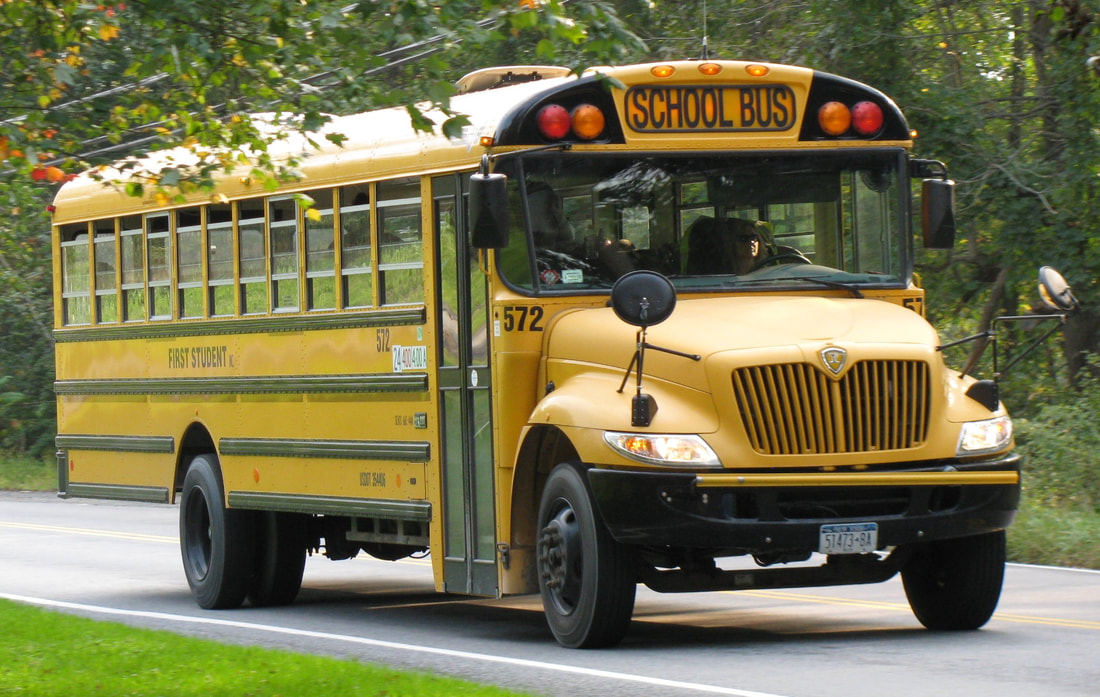Return to Newsletter main page! |
Magic (Religious) School BusBy ISJL Education Fellow Joshua Altshuler
The Scholastic television program and book series The Magic School Bus displayed a constantly evolving classroom experience. At the beginning of each episode or story, the fabulous Ms. Frizzle leads her class to a smiling, yellow school bus that transports them on educational adventures in a plethora of settings: the solar system, the human body, birthday cake, and other astonishing locations. Ms. Frizzle’s creativity and warmth is an inspiration for all educators. Additionally, the value of learning in non-traditional spaces is meaningful for religious school lessons. Students and teachers benefit from breaking out of established routine and learning in new places. Judaism’s personal and communal focus lends itself to a variety of instructive and meditative environments. Below are a few recommendations of unconventional learning sites and the ways they can be employed for class sessions.
Religious school is tasked with the noble mission of preparing Jewish children and young adults to be dynamic community members. However, teachers can look beyond the traditional building to give students an excellent Jewish education. As Ms. Frizzle would say, “Get out there and explore!” |
- Home
- WHO WE ARE
-
WHAT WE DO
- PODCAST
- Conference >
- Education >
-
CULTURE
>
- Culture Overview
- Cultural Programming >
-
History
>
-
Encyclopedia of Southern Jewish Communities
>
- Alabama Encyclopedia
- Arkansas Encyclopedia
- Georgia Encyclopedia
- Florida Encyclopedia
- Kentucky Encyclopedia
- Louisiana Encyclopedia
- Mississippi Encyclopedia
- North Carolina Encyclopedia
- Oklahoma Encyclopedia
- South Carolina Encyclopedia
- Tennessee Encyclopedia
- Texas Encyclopedia
- Virginia Encyclopedia
- Encyclopedia Credits
- Oral History
-
Encyclopedia of Southern Jewish Communities
>
- SPIRITUALITY >
- DONATE
- Shalom Y'all
- Strategic Plan
- Southern & Jewish Blog
- Calendar
- Virtual Press Kit
|
©2024 Goldring/Woldenberg Institute of Southern Jewish Life
|

